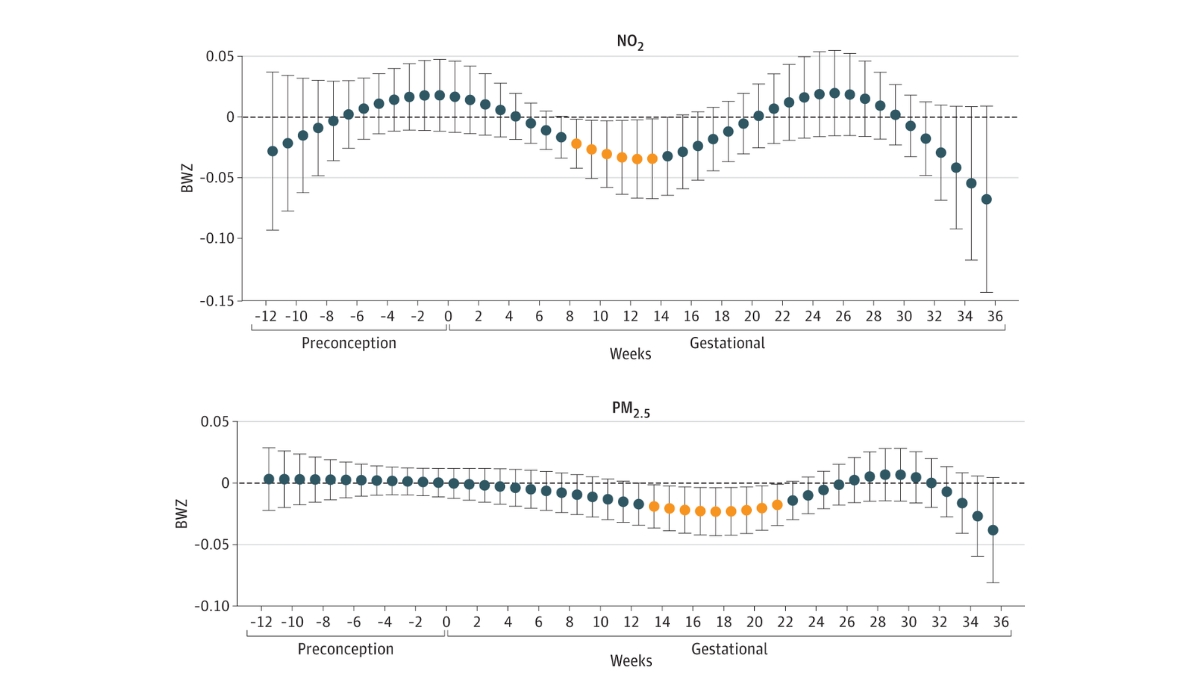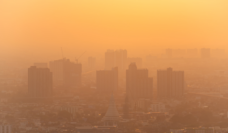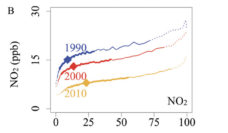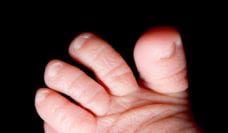Air pollution is harmful to everyone, but fetuses are the most vulnerable. Given the ongoing development of their tiny organs, even microscopic specks inhaled by a pregnant person can disrupt the usual course of fetal growth.
Nitrogen dioxide (NO2) and particulate matter (PM2.5), chemicals and particles emitted when burning fossil fuels and wood, can seriously harm a fetus’s health. After entering the bloodstream, these pollutants cross the placenta and enter the fetal bloodstream, raising the risk of health problems for babies, including being born smaller.
Immediately after birth, low birth weight babies face infections and difficulty breathing. In the long term, these smaller babies are more likely to experience developmental delays and face chronic diseases into adulthood.
Zhongzheng Niu and colleagues conducted a study to pinpoint a specific time during pregnancy when exposure to air pollution has the greatest effect on birth weight declines. The authors analyzed data on 628 low-income pregnant Hispanic women in Los Angeles from the Maternal Developmental Risks from Environmental and Social Stressors study. Daily air pollution levels at participants’ residences were calculated using U.S. Environmental Protection Agency Air Quality System monitoring data.
Participants who experienced high exposure to NO2 between 9 and 14 weeks of pregnancy gave birth to babies weighing an average of 1.4 ounces less than those with low exposure during that time frame, as shown in the top graph. The babies of women with high PM2.5 levels between 14 and 22 weeks, weighed 0.33 ounces less, as seen in the bottom graph.
Although the difference in weight may seem minor, the loss of just a few ounces can compromise a baby’s health, especially if the weight drops below 5.5 pounds, which is defined as low birth weight. In fact, the weight differences due to air pollution are on par with the effect of maternal smoking, a notorious cause of dangerously low birth weight and poor health outcomes for babies.
These findings highlight the urgent need to establish and enforce strict environmental regulations to reduce air pollutants. This issue may be particularly significant for Hispanic women, living in areas where environmental racism contributes to higher exposure to air pollution. Efforts by various entities, including the federal government, the state of California, and local authorities in Los Angeles, are crucial in addressing and mitigating these environmental disparities.
Databyte via Zhongzheng Niu, Rima Habre, Thomas A. Chavez, et al. Association Between Ambient Air Pollution and Birth Weight by Maternal Individual- and Neighborhood-Level Stressors. JAMA Network Open, 2022.














